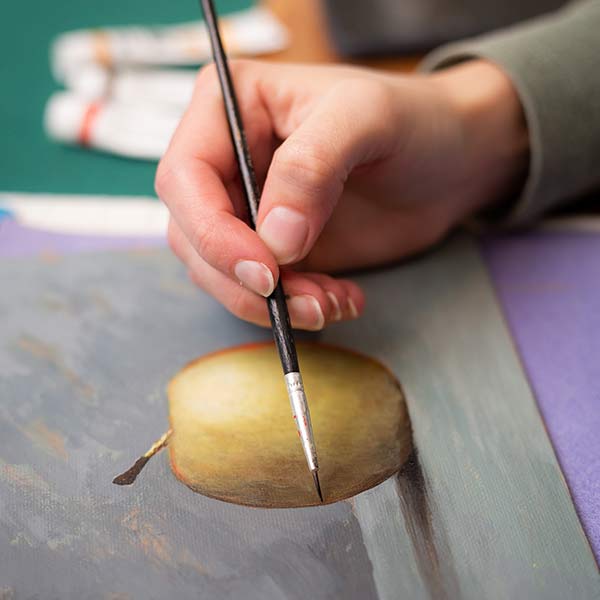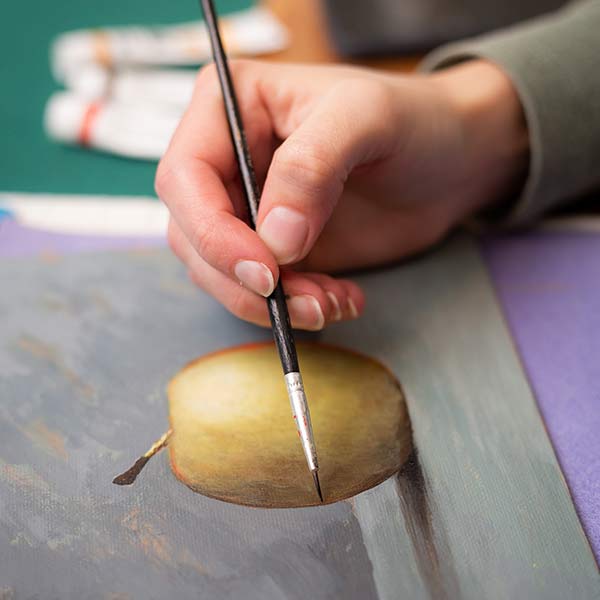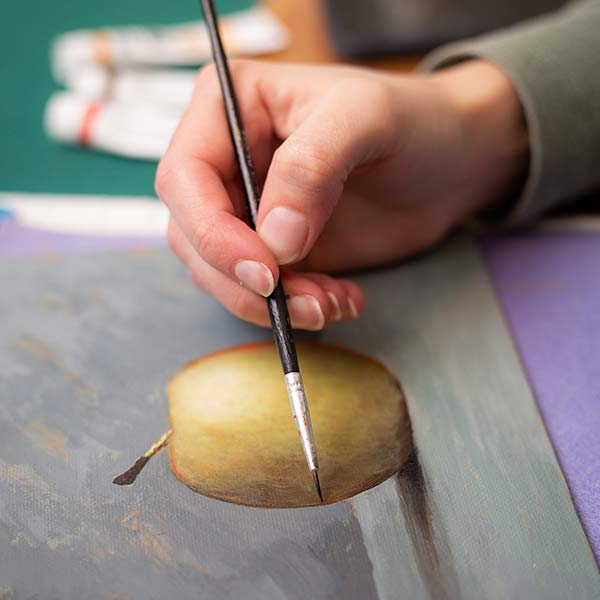Introduction
I recently heard Louise Penny interviewed by her publisher, and, knowing Louise now, it came as a surprise to hear her say she identified with Agent Yvette Nichol. However, here’s the final paragraph in the Acknowledgements in Still Life. “I went through a period in my life when I had no friends, when the phone never rang, when I thought I would die from loneliness. I know that the real blessing here isn’t that I have a book published, but that I have so many people to thank.” I never knew that lonely Louise. She herself is an example of the duality she writes about. I see her much more as Clara Morrow, and, she has said that as well. (Doesn’t an author put herself into many characters?) Clara is a kind woman, who really wants to belong. I only know that Louise Penny, the warm, kind woman who reaches out to others.
I first read Still Life in 2006, and met Louise in 2008 at The Poisoned Pen Bookstore in Scottsdale, Arizona. I saw a woman who reached out to every member of the small audience. I’ve repeated this story often. There was one teen in the audience, dragged there by her mother. She had headphones on. Louise started by asking her age, and when she was told thirteen, she asked if she’d read Rick Riordan’s mythological series, Percy Jackson and the Olympians. That teen was at every subsequent appearance I attended at The Poisoned Pen.
I know the Louise Penny who loves gummi bears. (Did you catch those references in Still Life?) I know the friend who always found time to squeeze in a short visit when she was in town, and I found how she listened with her heart. I know the Louise Penny who wrote me after my husband died. “I am devastated for you, as is Michael. . . . Oh, Lesa . . . our hearts break for you. How are you? Would you like to come up? Spend quiet time away and we could look after you? . . . When you feel like it please write and tell us how you are. Michael sends his love and grief, as do I. Actually, we don’t send our grief—you probably have way too much of that already. We send light. And peace.”
I know the Louise Penny of light and peace.
I know the Louise Penny who created Three Pines. She may have needed it as a refuge at one time. Fortunately for all of us, she created a place that can only be found by people who are lost. Three Pines has sheltered many lost souls.
So, welcome to Three Pines and Still Life.
Recap (through Chapter 6)
Welcome to a small village not far from Quebec, Three Pines. It’s fall in an idyllic village with a used bookstore, a bistro with wonderful homemade food, a bakery, a Bed and Breakfast, and a general store. It’s also the village where the Chief Inspector of Homicide for the Sûreté du Quebec, Armand Gamache, is called when Miss Jane Neal is found dead.
Before we meet anyone else, readers meet the victim, Jane Neal, and the investigator, Armand Gamache. We learn a little about each in just a couple paragraphs. Jane was unmarried, seventy-six, and her death was not natural. She was kind and gentle. Gamache is in his mid-fifties, “at the height of a long and now apparently stalled career”, and, even though he was head of homicide, he was always surprised by violent death, hoping it was wrong.
Still Life is more than a murder mystery. Penny has said her books are not really about murder, but what murder dislodges in a community. And, the first half of this book introduces the community. We meet Clara Morrow and her husband Peter. They are both artists, but Peter is a success, while Clara is unknown in the art world. We learn that beyond marijuana, Three Pines had no crime. “No break-ins, no vandalism, no assaults. There weren’t even any police in Three Pines.” So, Jane’s report of an unspeakable action perpetrated by some boys came as a shock. She recognized the boys under their masks, and called out their names.
The Friday before Thanksgiving, we meet a small group of friends at a dinner at the Morrow home. Ruth Zardo is swigging Scotch. Olivier Brulé and Gabri Dubeau are the two gay men who own the Bistro, victims of the hate crime witnessed by Jane Neal. Myrna Landers, “huge, effusive, and unexpected”, is the owner of the bookstore, Ben Hadley is Peter’s best friend. Jane is celebrating the acceptance of her picture, Fair Day, for the local exhibition. When she tells them the picture was painted at the closing parade of the county fair, they all remember it was the day Peter and Clara had to tell Ben his mother, Timmer, had died while he was in Ottawa. Despite that sad recollection, Jane invites them to have drinks at her house after the opening of the exhibition.
It’s into this village that Armand Gamache brings his team. Yvette Nichol is a young agent, on her first case, desperate to make a good impression. Inspector Jean Guy Beauvoir has been Gamache’s second-in-command for more than a decade, a man who hears Gamache’s command, “Tell me what you know”, as the beginning of the hunt. Isabelle Lacoste is the agent who, walking to the site where Jane Neal died, promises her Chief Inspector Gamache would find out who killed her.
These two groups of people are brought together under the watchful eye of Armand Gamache. It’s important to know all of these characters, people who continue to show up in the series. It’s most important to see Gamache, and recognize his style of investigation.. “I watch. I’m very good at observing. Noticing things. And listening. Actively listening to what people are saying, their choice of words, their tone. What they aren’t saying.”
It doesn’t take the team long to discover that Jane Neal was killed, shot by an arrow. In a meeting of the villagers, Peter, Ben, and Matthew Croft reveal how many of them are familiar with bows and arrows, how many of them hunt, and that Jane Neal was known to confront those who were doing wrong, from Croft, who was caught hunting illegally, to the three boys who attacked Gabri and Olivier. But, Jane Neal’s death still bothers Gamache. “And that’s the puzzle, thought Gamache. Why? Why an arrow and not a bullet?…An old-fashioned wooden arrow with real feathers used to kill an elderly retired schoolteacher. Why?”
The investigation immediately swings toward looking for someone who shot that arrow, even while Gamache is interested in other aspects of Jane Neal’s life. Who inherits her estate? Naturally, the heirs are always suspect. And, Jane’s niece, Yolande, is an angry, hard woman. Who else might have reasons to wish her dead? Her painting, Fair Day, had just been accepted for Arts Williamsburg, because it was brilliant. Were other artists jealous? Clara pointed out that only a small group of friends knew the painting had been accepted, and they were all close enough for Jane to invite them to her house. So, who had the bows and arrows, the ability to kill Jane Neal?
The investigation leads to the Croft family. Matthew Croft, who hunted illegally, was once caught by Jane Neal. The police find Matthew’s wife, Suzanne, trying to hide something from them in the basement. And, then, there’s fourteen-year-old Philippe, one of the boys Jane caught attacking Olivier and Gabri. While the police wait for the results of lab tests, suspecting they found the home of the killer, Gamache decides to try out other theories. He doesn’t like to close a case too early. “Just to be on the safe side.”
Favorite Quote
Ruth Zardo quotes poet W.H. Auden. “Evil is unspectacular and always human, and shares our bed and eats at our own table.”
Discussion Questions
-
Louise Penny has said she modeled Armand Gamache on her husband. How do you picture Gamache?
- Other than Armand Gamache, who is your favorite character in the first half of the book? Why?
- People in this book have secrets, even Gamache. What secrets surprised you?
- What is your reaction to Agent Nichol’s behavior?
- Is it a flaw in Gamache that he has a desire to help people, and that he’s too compassionate?
- Ben Hadley tells Gamache the story of the three pines. Do you think the trees and village still serve a similar purpose for those who seek refuge?




